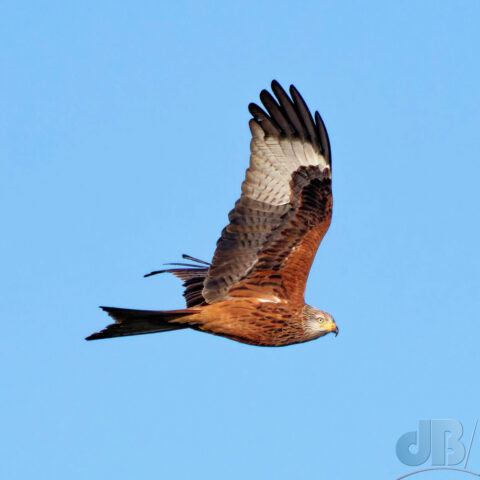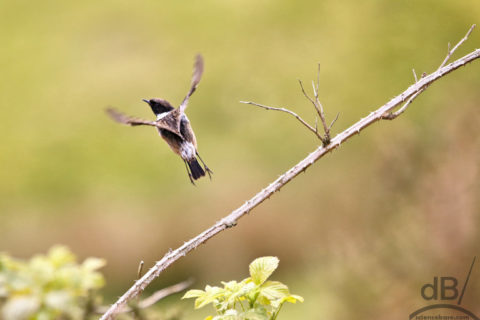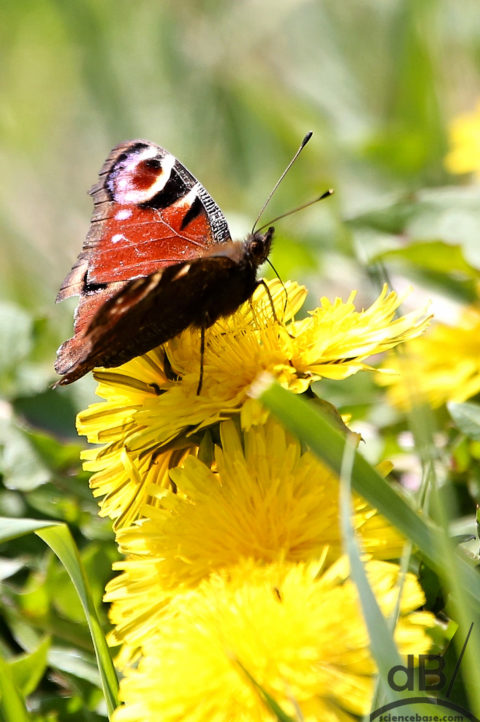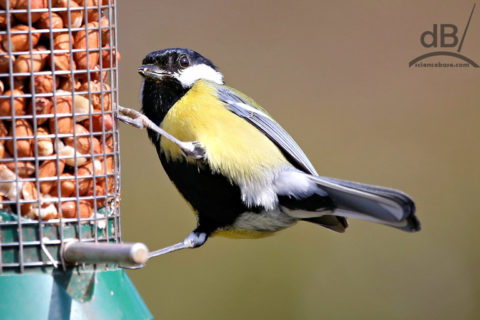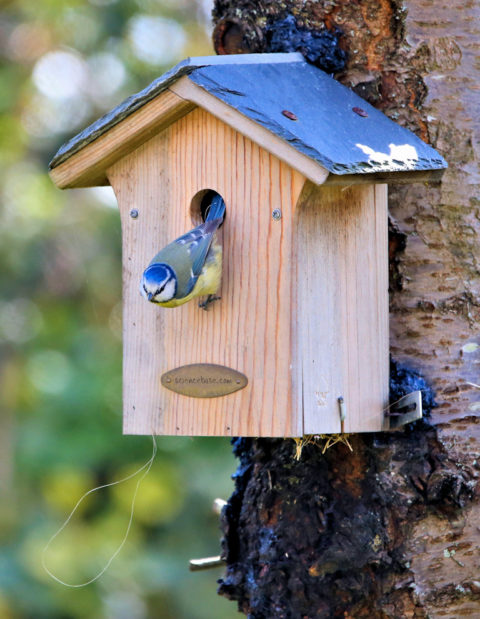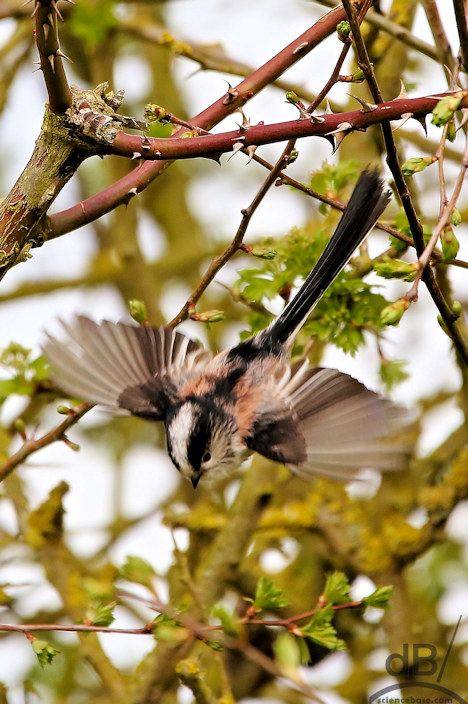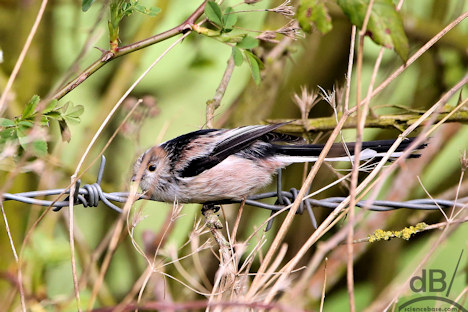We were walking in the back woods of Ickworth House in Suffolk…hearing blackcaps (Sylvia atricapilla) and the almost ubiquitous blue tits (Cyanistes caeruleus) and hoping to spot at least one of the former, which seem a lot more elusive than robins (Erithacus rubecula) despite their song being turned up to 11, although the robins were scarce too.
I did, however, spot a tiny bird with a black cap flitting between a couple of trees and tried to get the camera on to it from about 30-40 feet away, quite hard…but eventually got a focus. And sure enough it had a black cap, but it wasn’t a blackcap. Looked like a tit of some kind (what Americans might know as a chickadee). No blue, no yellow so not C caeruleus and not big enough for a great tit (Parus major). Mrs Sciencebase ID’ed it in situ as a marsh tit or a willow tit. Definitely not a coal tit (Periparus ater) different family and no prominent white band down the back of its head.
The marsh and willow are very similar in appearance with only subtle differences and according to my bird books neither is particularly associated with willows or marshes any more than the other. Although the marsh tit seems to prefer woodland of broad-leafed trees while the willow tit prefers woodlands near marshes and peat bogs and such. Go figure. Writing in his latest book on birdsong (A Sweet, Wild Note), Richard Smyth quotes expert Graham Shortt as explain that a marsh tit’s plumage looks as if it’s going to work, whereas the willow looks like it’s just got back from a three-day rock festival.
Anyway, a quick bit of processing of the photos and a tight crop and a question on Facebook and Brian Stone confirmed it as a marsh tit (Poecile palustris) rather than its close cousin the willow tit (Poecile montanus).
Dusky rear cheeks, glossy crown, lack of clear pale panel in the wing, pale base to the cutting edge of the bill
So, another bird bagged for the British Birds gallery. There are a couple of other shots of the same bird on the Facebook page I linked above as well as an unprocessed, uncropped shot.



